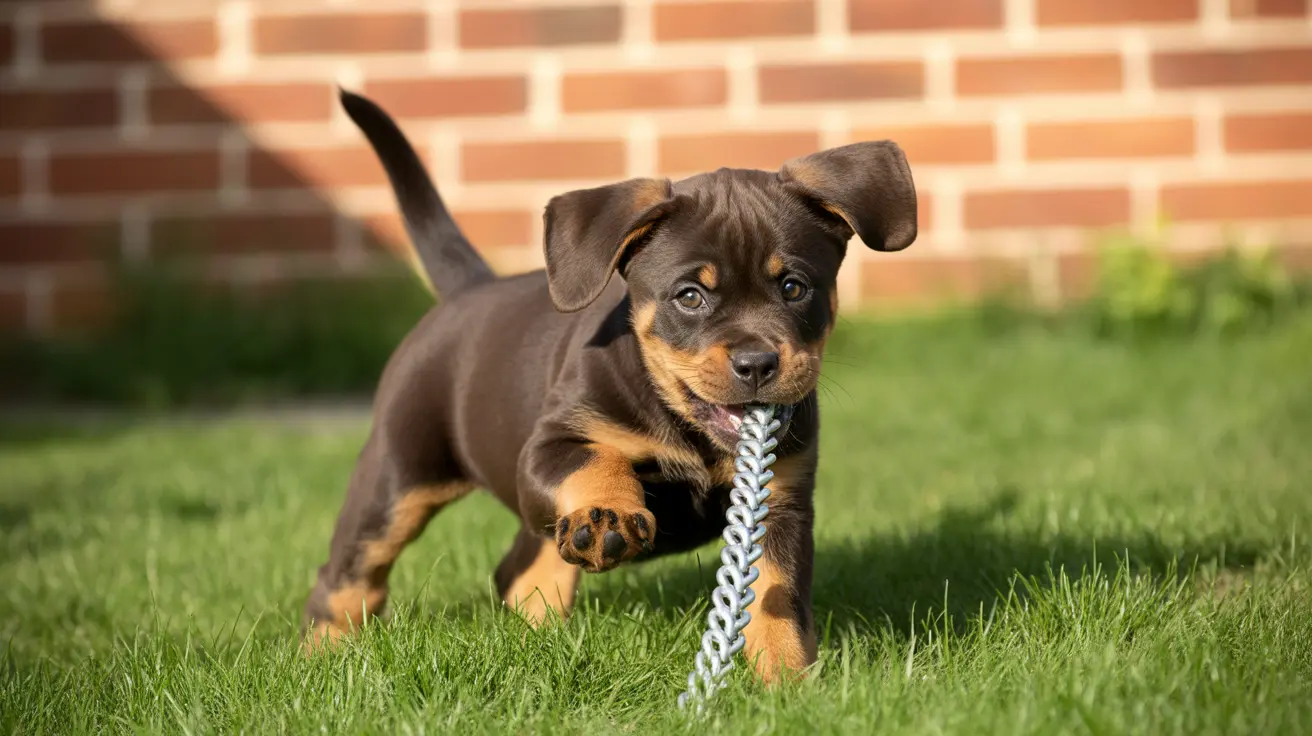Understanding DIY Dog Cones and Professional Alternatives
When a dog undergoes surgery, suffers an injury, or experiences skin issues, a recovery collar—commonly known as an e-collar or 'cone of shame'—is essential to prevent them from licking or biting at the affected area. Although pet owners may consider creating a DIY dog cone to save money or customize the fit, there are serious considerations to be made in terms of safety, durability, and effectiveness when choosing between homemade and professionally designed options.
Why E-Collars Are Necessary
The primary function of any dog recovery cone, whether homemade or commercial, is to prevent a pet from interfering with the healing process. By restricting a dog’s mouth access to the affected area, the cone ensures wounds, surgical sites, or hot spots are not made worse through chewing or licking.
Drawbacks of Traditional Plastic Cones
- Discomfort due to stiffness and tightness around the neck
- Obstructed vision making pets feel anxious
- Noisy and clumsy especially when bumping into furniture
Homemade DIY Dog Cones: A Cautionary Tale
Although DIY cone tutorials can be found online, veterinarians and pet experts often advise against them due to several risks:
- Improper fit may fail to prevent access to the wound
- Unsafe materials like hard plastic edges can irritate or injure your pet
- Lack of durability compared to commercial products
Common DIY materials like cardboard, bucket lids, or plastic sheets are not designed with canine health in mind and can easily break down, lead to anxiety, or be chewed through by determined pets.
Professionally Designed Alternatives
Thanks to advances in veterinary care, there are now multiple commercially available e-collar alternatives that prioritize comfort and function:
1. Blow-Up and Donut Collars
- Comfortable with less restriction in vision
- Effective for eye surgery or neck-adjacent wounds
- Vulnerable to punctures and may cause skin irritation
2. Soft Cones
- Made from flexible fabric for comfort
- Gentler on furniture and easier to eat/drink with
- Can be too floppy or soft to prevent licking
3. Surgical Suits
- Clothing-like garments that cover the wound
- Great for chest, abdomen, or back protection
- Ineffective for face, tail, or leg injuries
4. Recovery Sleeves
- Ideal for limb injuries
- Do not interfere with movement or feeding
- Must be sized correctly to prevent discomfort
5. Smaller Plastic Cones
- Customized for pets with unique proportions
- Allows more comfortable movement and better vision
- Requires professional fitting for small pets
Factors to Consider When Choosing a Recovery Collar
- Location of the wound or incision
- Dog’s size and breed
- Temperament and activity level
- Durability and ease of cleaning
- Veterinary recommendation
Conclusion: Is DIY Worth the Risk?
While the idea of crafting a DIY dog cone may seem convenient or budget-friendly, it is rarely the most effective or safest choice. Commercially produced collars and cone alternatives are rigorously tested, come in various sizes, and offer the assurance of compatibility with your dog’s medical needs. Always prioritize your pet’s comfort and healing with vet-approved recovery solutions.





